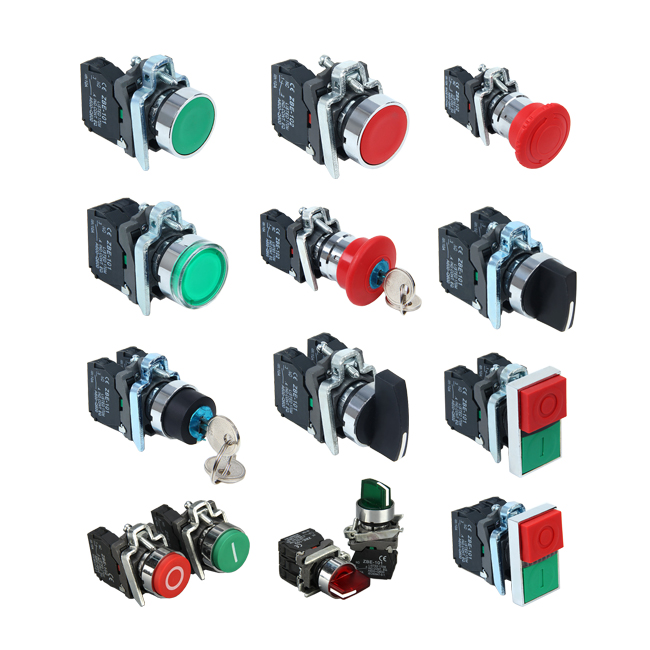Now, a materials company is working hard to add new methods to these cooling measures. This company is the Xicun pottery industry that develops ceramic materials. The company's proposed cooling measures are based on the high thermal emissivity of ceramic circuit boards.
The chief member of the Thermal Design Laboratory, director of the Thermal Design Laboratory, said that the heat transmission method has three forms: “heat conductionâ€, “convection†and “thermal radiationâ€. The propagation of lattice vibration and the movement of free electrons in the metal belong to “ Heat conduction", fluid motion heat transfer belongs to "convection", and heat transfer through electromagnetic waves is "thermal radiation". The method developed by Nishimura Ceramics is to use the infrared radiation of ceramic materials to dissipate heat.
The heat radiation heat dissipation method has the advantage that heat can be released when the casing is sealed and thin, and heat cannot be transferred by convection. Some technicians have known this advantage for a long time, but there are very few precedents for full use. However, according to Nishimura Ceramics, LED lighting products that have recently used heat radiation have increased. Among them, a Japanese lighting appliance company applied it to various applications ranging from large-scale LED lighting fixtures such as light projectors to small lamps such as desk lamps.
By using heat radiation to dissipate heat, the heat dissipation efficiency of the emitter can be improved without using a cooling fan. The use of a cooling fan eliminates the risk of failure (the risk of the fan being unable to dissipate due to some kind of failure), and because there is no need for multiple fins, it does not accumulate dust, eliminating the need for cleaning. In the manufacture of the desk lamp, the ultra-thin design of the outer casing near the light source is successfully realized by using heat radiation to dissipate heat.
Interestingly, whether it is a large-scale product or a small product, Nishimura Ceramics provides the same ceramic circuit board to lighting equipment companies. The ceramic circuit board is a horizontally long hexagon with a length of 55 mm × a width of 30 mm and a thickness of about 6 mm. The multi-chip LED module is fixed to the circuit board by screws. High-power LED modules with a maximum power of 19W. Large products use multiple screws to secure the LED module to the ceramic circuit board, and one for small products. The material of the ceramic circuit board is alumina with a purity of 99.7%, and the heat radiation rate is 0.97. The surface is smooth, the average roughness is 0.5μm, and the LED module is directly fixed to the surface of the board by screws.
Compared with metal circuit boards and printed circuit boards, ceramic circuit boards are hindered by high cost. However, if the mass production effect can be improved by the generalization of the ceramic circuit board, the increase in the cost can be suppressed to some extent. This requires an increase in mass production, but as of now, mass production has not yet begun, because companies are jealous of the high cost of ceramic circuit boards.
In response to this situation, Nishimura said that after using ceramic circuit boards, the total cost of heat sinks such as circuit boards and heat sinks for mounting LED modules can be reduced, and it is planned to use such heat dissipation costs as a selling point. The reason why the company is so confident is that the lighting equipment companies that use the company's products have compared the ceramic circuit board products and the products with the traditional heat dissipation design, and considered the total cost, and chose the ceramic circuit board without exception. . Whether the idea of ​​compressing the total cost can be popularized, Xiaobian will pay close attention in the future. Perhaps, it is possible to predict the degree of popularity by whether the shape of the LED lighting fixture is increased.
After the above introduction, do you have a certain understanding of how to improve the heat dissipation performance of LED components?
XB4 series Pushbutton Switch are used in industrial for controlling circuits of AC50Hz or 60Hz,rated operation voltage 380V or below and DC operational Voltage 220V or below for controlling in Magnetic Starter, contactor,relay and other electrical circuits. The buttons indicators can also be used in the place with indicated light or signal. They meet with the standards: IEC 60947-5-1.
XB4 Series Metal Pushbutton Switch is the new design in the field of Push Button Switch. Which with stronger metal plate and very easy to be installed.

XB4 Series Pushbtton Switch,Push Button Power Switch,Mini Push Button Switch,Push Button Lamp Switch
Ningbo Bond Industrial Electric Co., Ltd. , https://www.bondelectro.com
